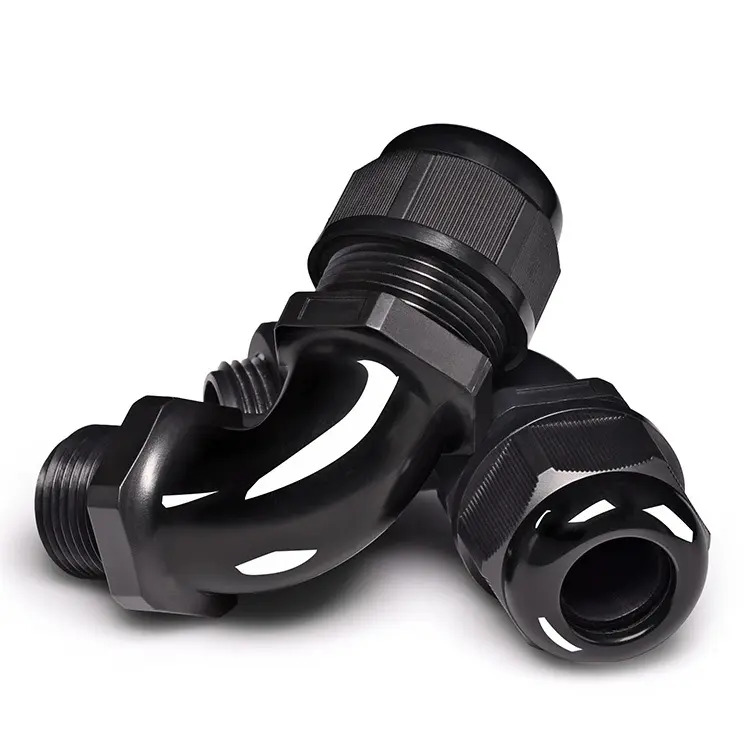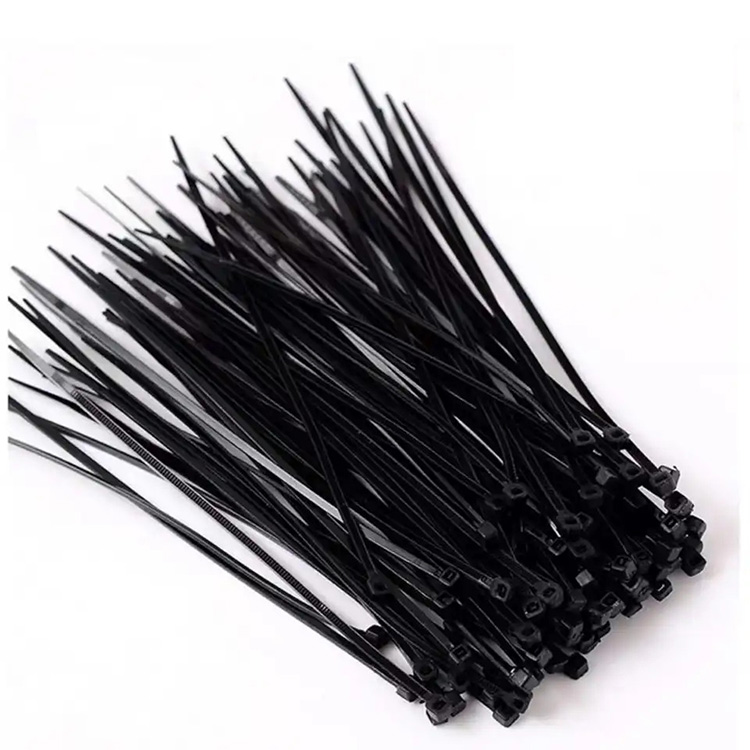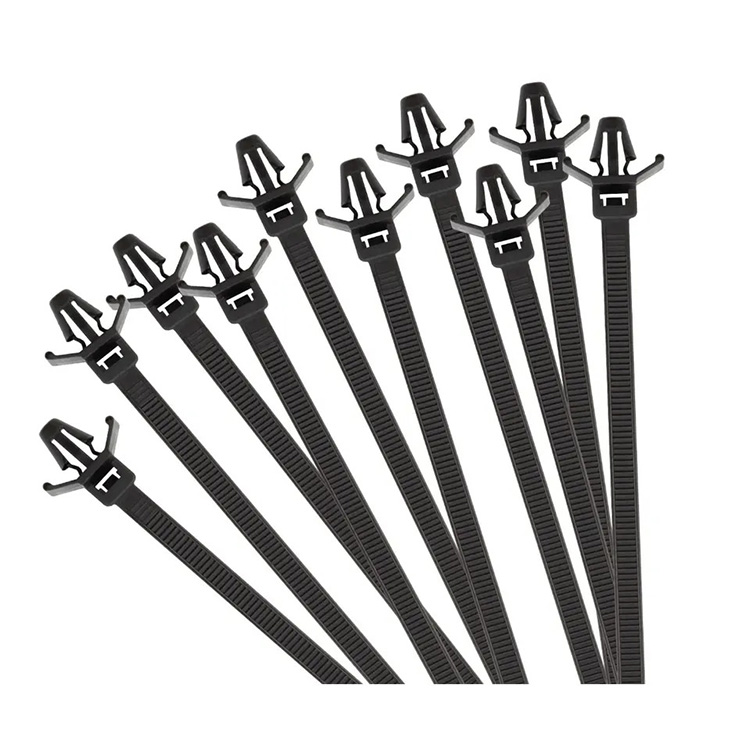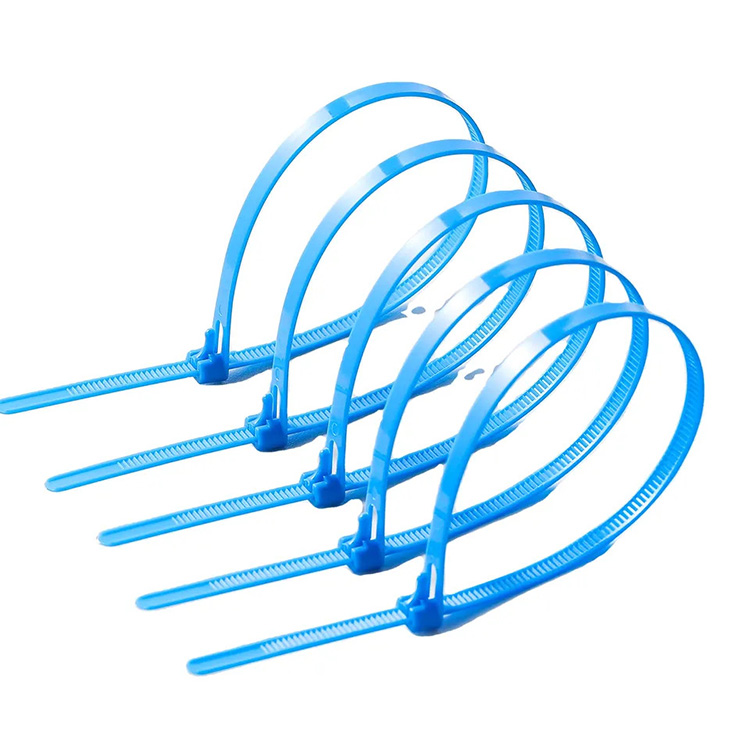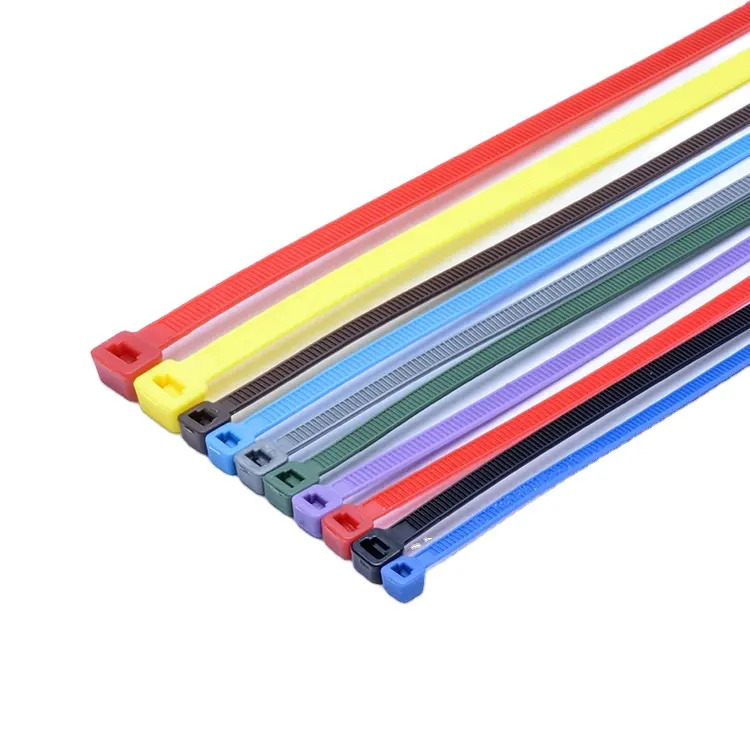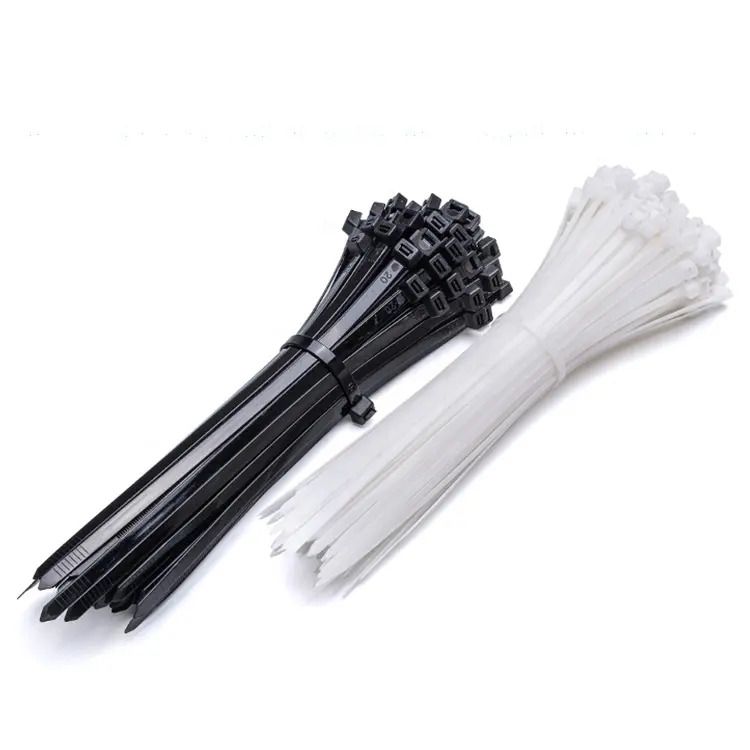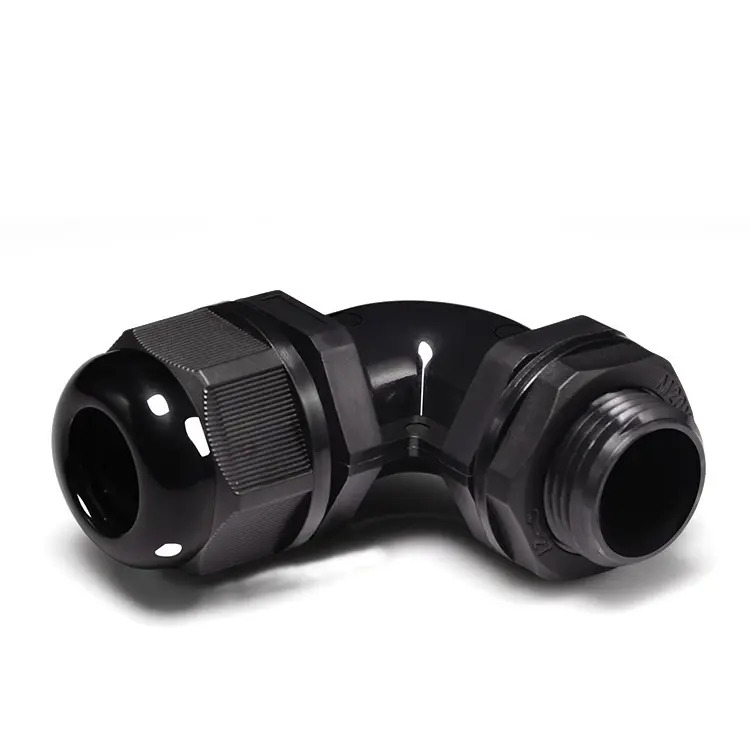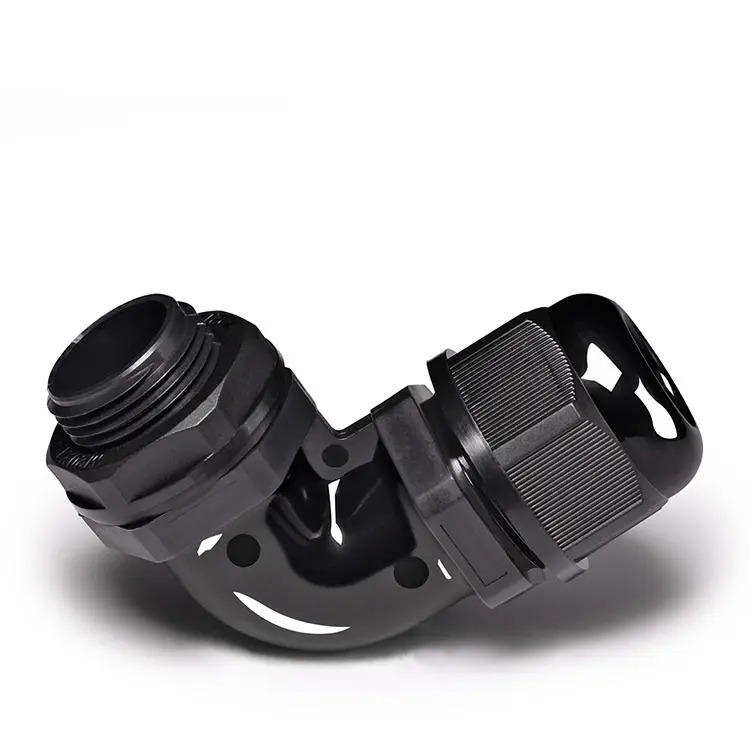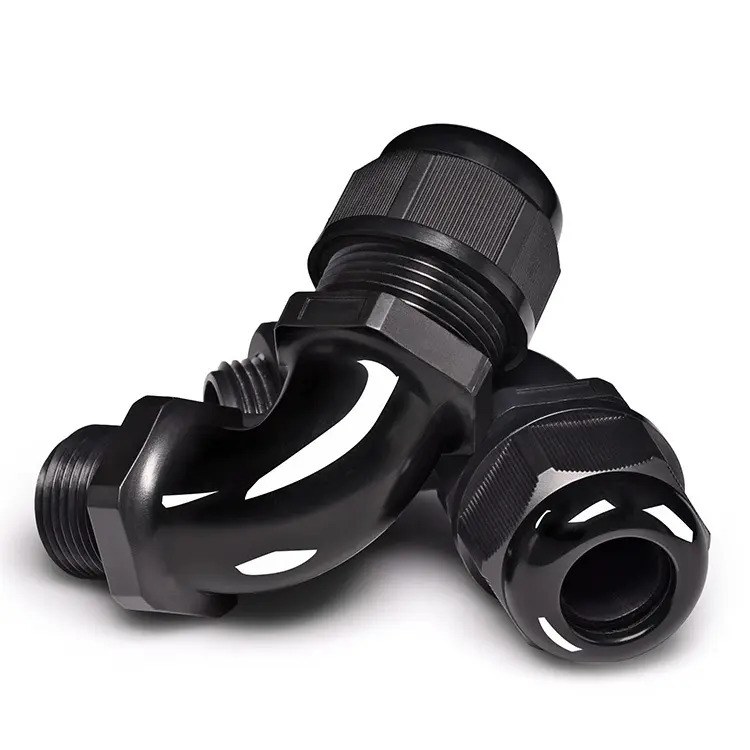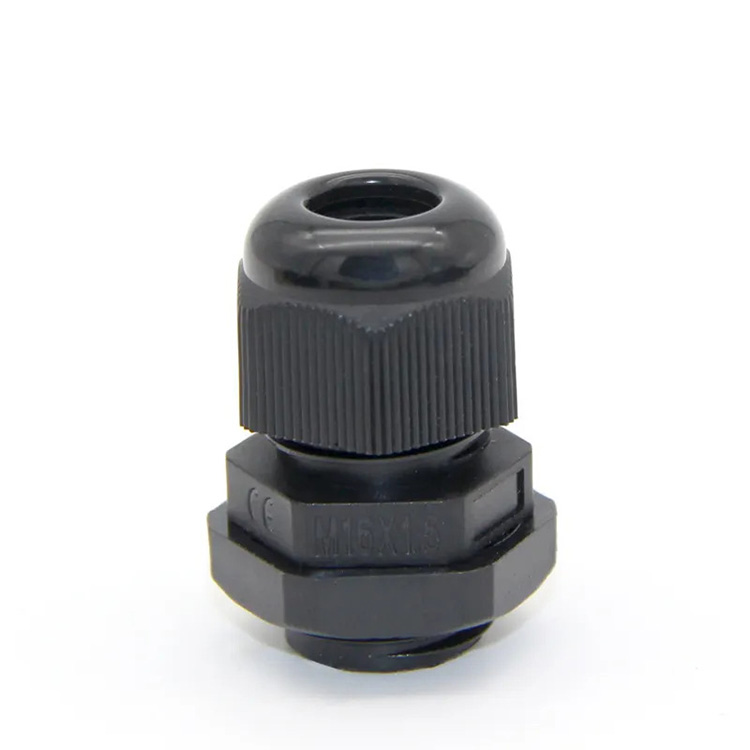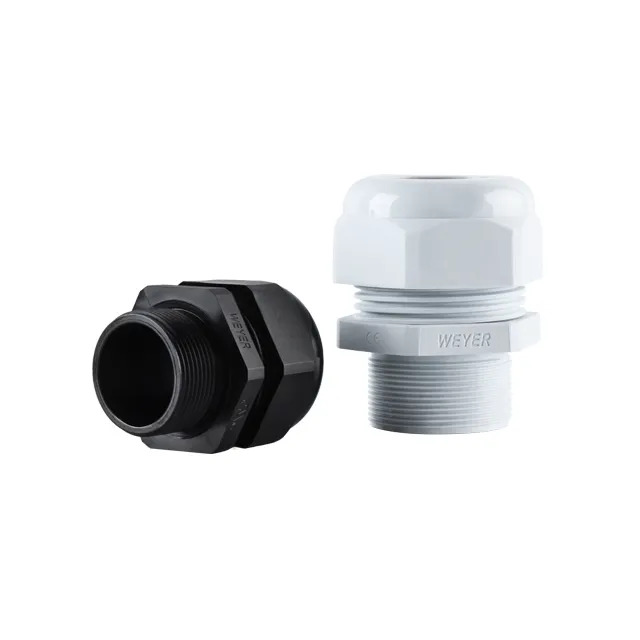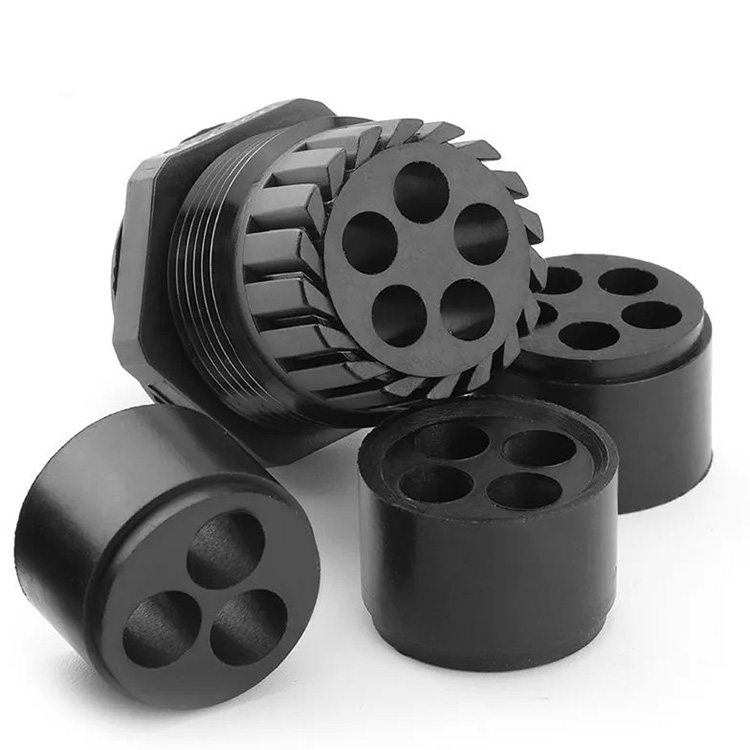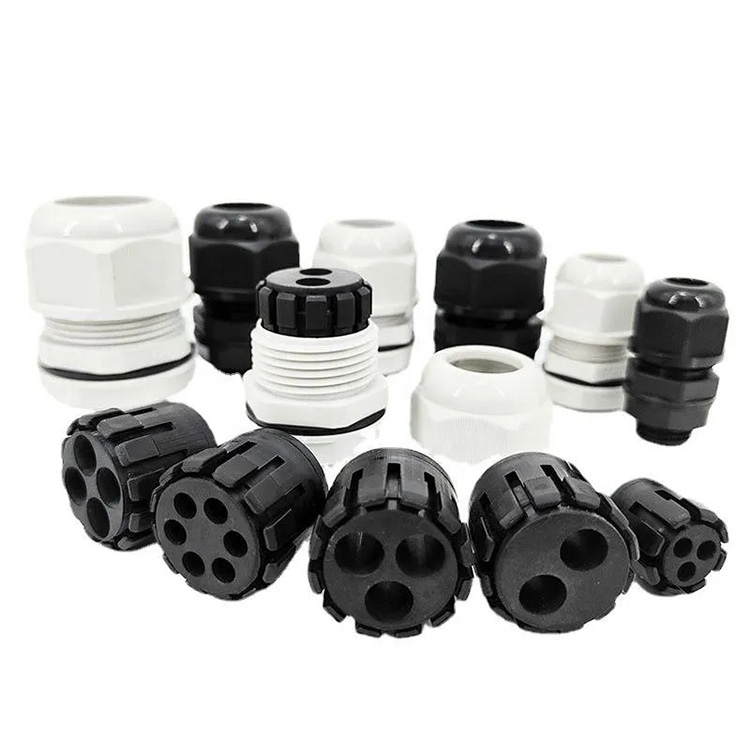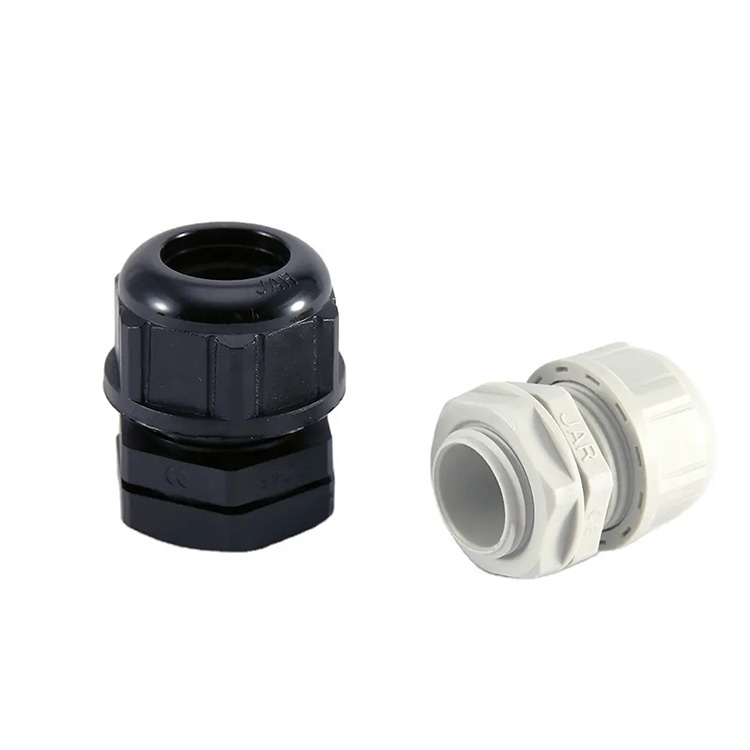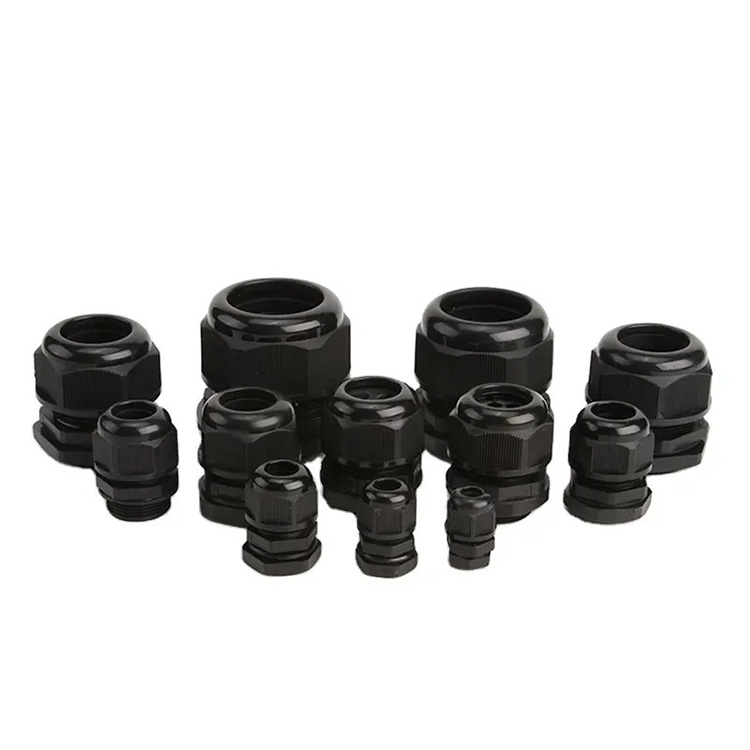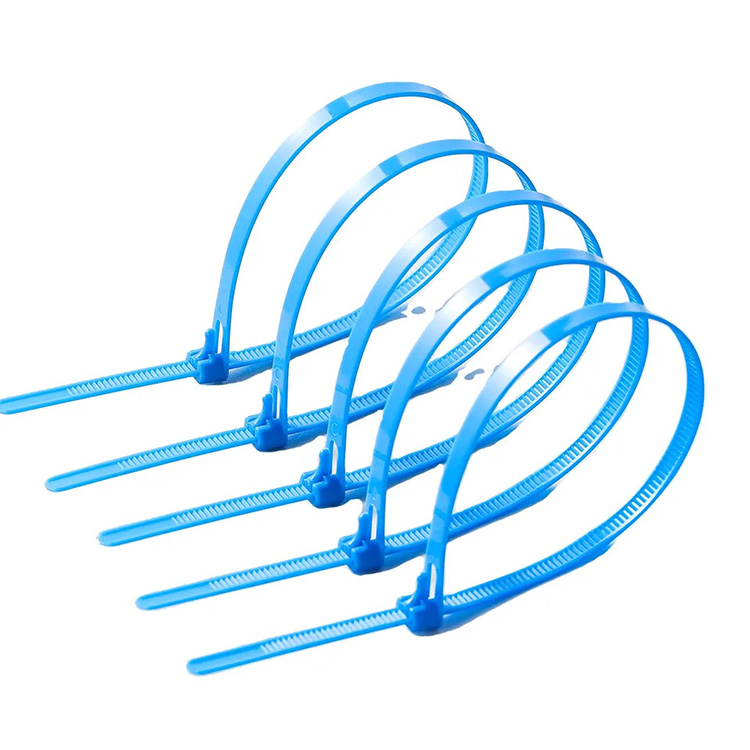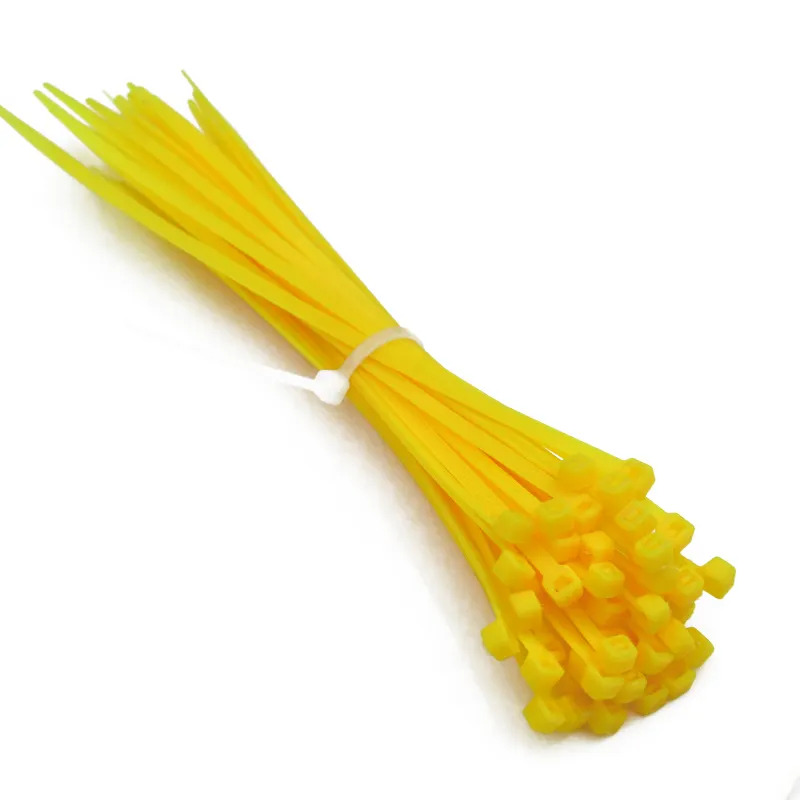Elbow Cable Gland
A China YAGE elbow cable gland, also known as a cable gland elbow or cable gland connector, is a type of cable gland that is specifically designed for routing cables in applications where space or cable direction changes are limited. It allows for the secure entry and exit of cables at angles, providing a convenient solution for cable management in confined spaces or where cables need to be directed in a specific direction..
Send Inquiry
A YAGE elbow cable gland, also known as a 90-degree cable gland or angled cable gland, is a type of cable management device used to secure and route cables at a right angle. It is designed to provide strain relief, cable protection, and a secure connection for cables that need to make a 90-degree bend.
Here are some key features and uses of YAGE elbow cable glands:
Cable Protection: Elbow cable glands are primarily used to protect cables from damage caused by tension, bending, or pulling at a right angle. They provide strain relief by securing the cables and preventing excessive stress on the cable connections.
Routing and Space Optimization: Elbow cable glands allow for the efficient routing of cables in tight spaces or where a 90-degree turn is required. They help optimize cable management and ensure a neat and organized appearance.
Secure Connection: Cable glands provide a secure connection between the cable and the equipment or panel they are being routed through. This helps prevent accidental disconnection or movement of the cables, ensuring reliable and uninterrupted electrical or data transmission.
Environmental Protection: Some elbow cable glands may include sealing mechanisms, such as rubber grommets or compression seals, to provide environmental protection. These seals can help maintain a watertight, dustproof, or weatherproof seal, protecting the cables and the connected equipment from moisture, dust, dirt, and other external factors.
Material and Size Options: Elbow cable glands are available in various materials, such as plastic, metal, or rubber, to suit different applications and environmental conditions. They come in different sizes to accommodate various cable diameters and are compatible with a wide range of cables, including electrical wires, data cables, and communication cables.
Elbow cable glands are commonly used in electrical installations, industrial equipment, control panels, machinery, and other applications where cables need to be securely routed and protected at a 90-degree angle. When selecting an elbow cable gland, consider factors such as cable diameter, material compatibility, environmental requirements, and the specific angle needed for your application.

